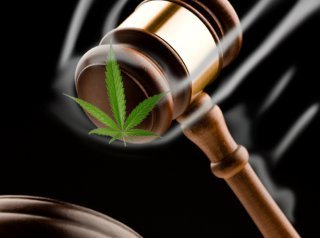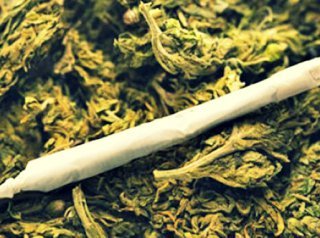For quite a long time, cannabis was an under-the-table product that must be purchased inconspicuously to avoid detection and possibly jail-time. The sellers mainly dictated weed cost during the days of marijuana prohibition, and your hush-hush, like-minded friends are the only source of information about the going rate. Thankfully, the 420 market has emerged from the underground and the dark ages are now just pages in history books.
Along with the legal retail sale of cannabis comes the open discussion about the price. Questions like “How much would an ounce cost me?” and “Is weed cheaper on the street or at a online Maine dispensary?” often arise, especially from newer users. Sadly, pot pricing is uneven globally, so finding the answers could take hours. I’ve collected all the information in this comprehensive guide to spare you the trouble and help you find the best deal.
Page Content
Average Cannabis Prices by Weight
Amendments in the legislature in both U.S. and Canada allowed countless dispensaries to open, making recreational and medical cannabis more accessible. Weed price and the huge cost variation by state are the most common concerns for consumers. This article, updated in January 2021, will tackle these matters and provide other related information, such as usual cost drivers and pricing based on the typical units of measurement used in cannabis retail, amongst many others.
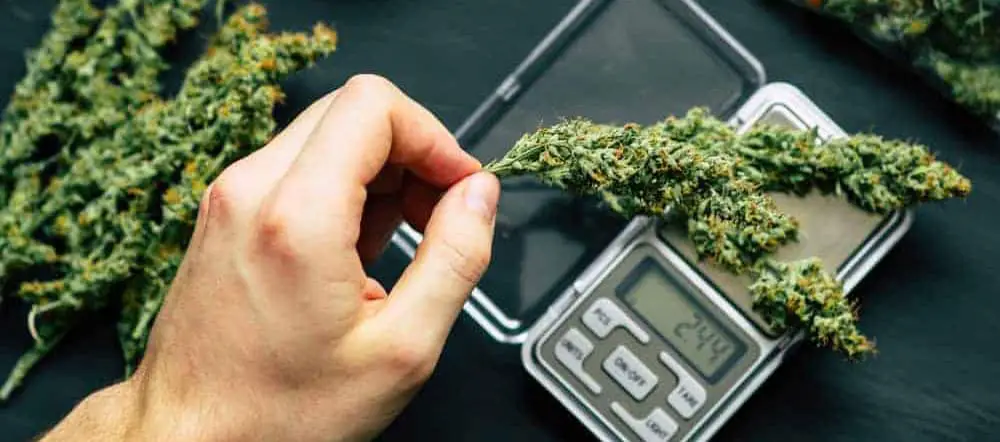
Most users calculate the amount of cannabis they need by how much use they can get from a certain quantity. For instance, the number of bowls you can fill or joints you can roll from a single gram.
What is considered “average” size varies greatly and is mostly based on the smoker’s preference. Many consumers use 1 gram of pure pot for a single joint, but a study based on federal arrest data puts the standard amount at 0.66 grams. On the other hand, the U.S. Government suggests it’s closer to 0.43 grams while the Office of National Drug sets the baseline to 0.5 gram.
A Gram of Weed
A gram of cannabis is usually the smallest yet most expensive amount users can buy at dispensaries. It is between the size of a quarter and a half-dollar. Suitable for sampling new strains, a gram of marijuana fills one to two joints.
You may hear “twenty” from seasoned stoners, which refers to 2 grams. The term was widely used in the black market during the days of cannabis prohibition, but dispensaries do not offer this amount.
How Much Does a Gram of Weed Cost?
A gram of dispensary weed typically ranges between $10 to $15, but it varies based on the bud’s quality and the pot shop’s location. In Washington D.C., it can cost up to $18 or more. On the other hand, the same amount is at a much lower price in Oregon City and Seattle for about $6.75 and $7.15 in Colorado. The average price of a gram of marijuana in Canada is around $9.
An Eighth of Weed
An eighth refers to 1/8th of an ounce. It is the next unit of measurement after a gram and is equivalent to 3.5 grams. The amount rolls 7 joints with 0.5 grams of ground weed.
How Much Does an Eighth of Weed Cost?
The average cost of an eighth is about $30 to $35. It is most expensive in Alaska at almost $40 and Washington D.C. at $65. Meanwhile, consumers can get it for as low as $23 in Oregon and Seattle and around $28 in Canada. In some places, an eighth costs less than purchasing 3 grams of weed separately.
A Quarter of Weed
A quarter of dried cannabis flowers is a quarter of an ounce. The equivalent of 7 grams, this rolls 14 half-gram joints.
How Much Does a Quarter of Weed Cost?
The standard cost for a quarter of cannabis is anywhere around $65 to $75, but it varies greatly depending on the location. Several states offer cheaper than average prices for weed quarters like Colorado, Oregon, and Washington for $50, $46, and $48, respectively. On the high end, a quarter costs $82 in North Dakota and about $120 in Washington D.C. The same amount is priced more or less around $54 in Canada.
A Half Ounce of Weed
A half-ounce of cured weed is 14 grams. It can roll 28 half gram joints.
How Much Does a Half Ounce of Weed Cost?
The typical price for a half-ounce of weed ranges between $115 to $150. Colorado at $100, Oregon at $93, and Washington at $95 are the most inexpensive states for this amount, while Washington D.C. offers it at over $250. Tokers in the Canadian cities of Toronto and Quebec can purchase the same volume for $105.
An Ounce of Weed
A full ounce amounts to 28 grams of marijuana flowers and rolls 56 half gram joints. It is usually the maximum amount that can be legally possessed and purchased at any one time. The best option for getting a bulk discount, it is one of the most purchased quantities in dispensaries as it allows buyers to get more for a lower price.
How Much Does an Ounce of Weed Cost?
The going rate for an ounce of dried marijuana is somewhere around $230 to $380. Users in Oregon can get that amount for $186, Washington at $190, and Colorado for $200. It’s more expensive in Alaska, New Hampshire, and New Jersey with a price of up to $300, but Washington D.C. puts luxe in luxury cannabis with $500 an ounce tag. That amount can also be purchased in Canada for around $190.
Why Is Legal Weed So Expensive?
These factors primarily influence the final price of cannabis flowers and products sold in dispensaries:
- Production cost
- Geographic location
- Logistics costs
- Government tax rates
- Product quality
- Business competition in the area

As you may have noticed from the weed cost samples provided, there is no nationwide cannabis pricing in the U.S. This is because cannabis going rates vary from state to state due to legislature established at the local government level. Additionally, each of the factors listed affects the final cost.
Production and Shipping Costs
Before hitting pot shops, cannabis buds and weed-derived products incur a production or manufacturing cost and shipping expense.
Cannabis plants cultivated for commercial use must be grown in warm, sunny environments for maximum bud and resin production. States with unideal conditions have a significantly higher production expense since building, equipping, and operating a climate-controlled grow area are necessary.
In addition, before a marijuana production facility can be opened, business owners must go through numerous legal hoops required for the wholesale distribution of marijuana. The grow must then be managed, harvested, processed, and eventually delivered to the intended destination, making labor and shipping costs inevitable.
Federal, State, and City Imposed Taxes
One of the primary causes of the soaring price of legal cannabis is taxes. Shockingly, US-based cannabis companies are subject to federal tax rates that can reach 70% to 90%. Under Section 280E of the Internal Revenue Service tax code, which came into effect during the height of the drug war in the 1980s, marijuana businesses are prohibited from taking tax deductions on typical business expenses like employee salaries, rental, and utility bills. It is because cannabis remains illegal on the federal level, making weed-related trade a form of illicit drug trafficking, even when the operation is legal under state law. As a result, legitimate cannabis companies become costly to operate and the underground market for weed thrive, reducing the tax revenues the government could collect.
The income tax rate is determined based on each company’s qualifications, individual deductions, and income rates. Originally, this law was established to stop drug traffickers from receiving unfair tax breaks. The companies have to pay these charges, so to cover the operating costs, they pass the burden down to the consumers by increasing their products’ prices.
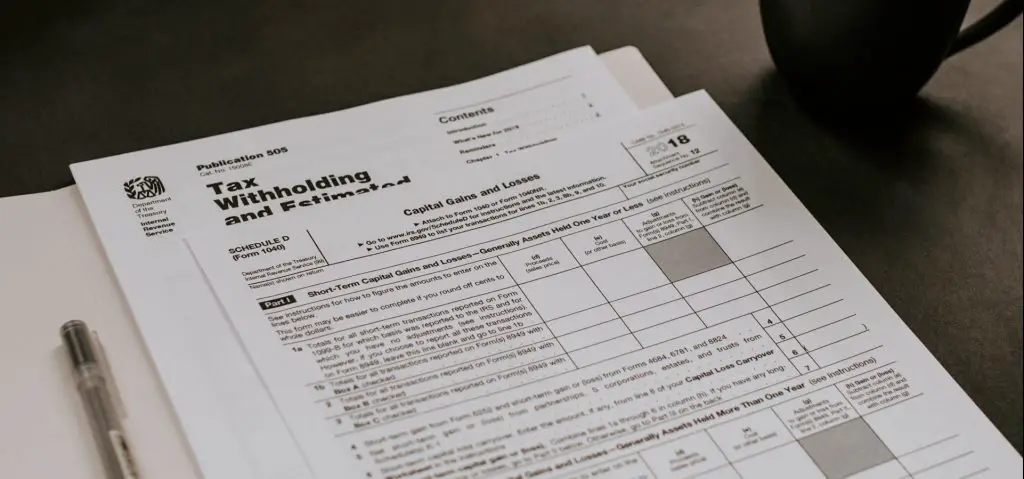
Besides federal taxes, varying state and city taxes impact local cannabis prices as well. Washington charges an added 37% on the sale of weed products, topping the list of the highest tax rates in the U.S. Oregon comes second at 17%, followed by California and Colorado at 15%.
Some states do not charge sales tax, but others impose a cultivation tax. It is set rates paid per ounce or pound by the company itself or the wholesaler. In Alaska, cannabis growing facilities pay $50 per ounce purchased.
Apart from the marijuana-specific taxes, excise and state sales taxes also apply, all causing the final price of cannabis products to balloon. On the other hand, in Canada, the government regulates the market, and taxes are set to about $1 per gram or 10% of the full price.
Higher Product Quality Leads to Higher Costs
The quality of cannabis buds significantly affects product pricing, which means higher quality comes with a heftier price tag. Potency, the THC and CBD content of weed flowers, is the primary demand driver, making it the most crucial quality determinant. Other factors that impact the output’s quality level are density, resin production, color, and terpene profile.
Cannabis plants must receive expert care and be grown in consistently favorable conditions to produce a high-quality harvest. Because there is no way to regulate an outdoor environment, many growers take their operations indoors. It protects the entire grow from unpredictable weather changes and allows better control of crucial factors that affect plant development and bud production.
Cultivating indoors is more expensive than growing outdoors as it requires the use of several pieces of equipment, which will incur additional utility costs. In addition, human labor is needed to maintain the grow facility and do everything machinery cannot, such as performing grow techniques and harvesting. As expected, the expenses are passed down the line to consumers.
Seasonality
Changing seasons impact weed supply and cost. During the harvest season, which rolls around September to November in the northern hemisphere, the supply increases allowing wholesalers to lower the price.
While indoor cultivation eliminates seasonality concerns and allows unlimited grow seasons, it is more expensive to operate. Plenty of cannabis connoisseurs also prefer distinct nuances of aroma and flavor a cannabis terroir imparts.
Local Market Competition
Like all other types of businesses, dispensaries experience competition from other weed shops in the area, directly affecting cannabis prices.
For instance, Dispensary A may drop the price of some strains or products to retain and increase their customer base. In response, Dispensary B may lower the price of the same items and perhaps other offerings to entice consumers away from Dispensary A and other competing shops.
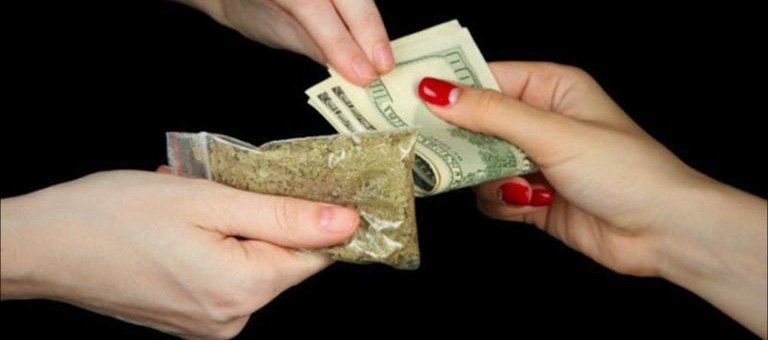
Alternatively, dispensaries may offer promotions to attract new buyers. It’s quite common in online stores, but brick and mortar shops may do this as well, albeit less frequent. These discounts can usually be found on coupon sites when available.
While that may sound like great news to clients, when stores drop a product’s price, they are likely to increase another to compensate for the discount. It usually applies to particular strains or products instead of an entire category. If you are flexible with your choices, you will get a better deal by opting for those at discount prices.
Small Shops vs. Big Retailers
Everybody who buys in bulk does it to save money, and dispensaries are no different. The bigger the wholesale order, the bigger the discount they receive, allowing them to offer cannabis buds and weed-derived products at a lower retail price.
Sadly, more modest-sized pot shops find it difficult to compete with larger competitors in the area. This inability to purchase and carry products in larger quantities makes it harder for them to offer discounts and promotions.
Weed Price Difference: U.S. vs. Canada
The demand and sale of legal cannabis are equally massive in Canada and the United States. That said, the two markets are entirely different, with Canada offering 30% cheaper going rates.
The reasons behind such contrast are both complicated and straightforward. Marijuana remains illegal at a federal level in the U.S., which is one of the reasons why the plant cannot be from cultivated and traded at an economical cost. Many cannabis-related businesses do not have sufficient bank access as well.
In comparison, the recreational and medicinal consumption of cannabis in Canada is legal nationwide. National banks also have federal security when dealing with the cannabis market, allowing small business owners to acquire business accounts and loans.
In addition, Canada has less population than the U.S., which results in a cutthroat competition amongst dispensaries. Canada’s health care is also either free or set at a modest price, so many medicinal users are naturally unwilling to pay high fees for the medicinal weed. To entice consumers, dispensaries offer medical marijuana products at affordable prices.
Canada is one of the largest exporters of dried marijuana and cannabis oil, so needless to say, supply is abundant in the north. They also import far less, allowing dispensary owners to avoid or minimize added import fees. That’s not all. Consumers can expect a more flat-rate price of around $8-10 per gram. The strict price control aims to encourage users to buy from legal pot stores instead of the black market.
Dispensary Prices VS Street Prices
Flat rate does not exist in illegal marijuana trading, and prices can vary immensely. Still, because products sold in the black market are not taxed, street weed typically costs less than dispensary weed. A quarter ounce can be purchased around $65 in some areas south of the United States and even lower in northern regions.
While the reduced price tag may be too tempting to resist, there is another reason that may change your mind. Most street marijuana is either home-grown by a green-thumbed cannabis enthusiast or imported from other countries like Mexico. Black market weeds do not go through quality-assurance measures, such as safety and potency testing, so you may be unknowingly enjoying buds cultivated using harmful, unapproved pesticides and additives, amongst others.
Furthermore, street cannabis is wildly unreliable and commonly has low THC levels and other cannabinoids due to being grown in a less than favorable environment. Some dealers also sell illegal marijuana laced with cocaine, embalming fluid, laundry detergent, or PCP to fake the appearance of potency and hide its inferior quality.
In contrast, legal cannabis grow operations and dispensaries have to abide by strict guidelines. Their products must also be tested and appropriately labeled, so consumers can easily check at the packaging for the cannabinoid content and other critical information. Simply put, purchasing cannabis from a dispensary provides way better guarantee in safety and potency.
Find Out the Average Weed Prices in Your Area
Because of all the intricacies of legal cannabis pricing, figuring out the cost of weed in your area can be quite a challenge. Don’t worry, though, as you can try these tips to find out the local going rate of your favorite cannabis strains:
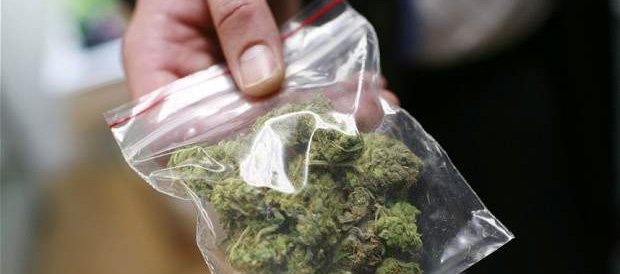
Research online. The internet is an excellent source of information, including the average price of cannabis in a particular area. If you’re lucky, you may even find detailed listings with comprehensive descriptions, high-quality photos, and lab results.
In places where cannabis use is legal, buying from weed shopping sites is also an option. Online shopping is most suitable for products like oils and edibles as the dried buds’ quality is better inspected in person.
Contact local dispensaries. Call about three to five pot shops in your area and ask about the prices of different amounts you can purchase. You can request for the cost of specific strains or the average price range. Once you have all the necessary information, compare and look for a trend in prices to determine your location’s fair rate.
Ask around the local 420 community. Suppose you’re open about your love for the wonder herb. In that case, high-minded people in the area can be a valuable resource in determining the local going rate. You may also ask for the dispensaries that offer the best prices.
Understand cannabis taxes. Taking an in-depth look into the tax rates applied to cannabis in your area will help you understand why your local dispensaries’ going rate is what it is. Some places require the taxes to be included in the list price while others add it as an extra fee; you’ll find this out when you do your research. Bear in mind that apart from the state tax, there’s also a local city tax on the products.
Knowing the cannabis price marks in your area is critical, especially if you live on a budget. These approaches will help you find dispensaries that offer fair rates and understand why weed pricing varies significantly.
Legalizing Cannabis for Fair Weed Prices
The going rates of cannabis in the U.S. are expected to become fairly consistent (but not uniform) as the number of states legalizing recreational marijuana increases. Once that day finally comes, both consumers for pleasure and medical purposes would know if they are getting a fair or bad deal. For now, though, weed prices vary from state to state, and even city to city, sending many buyers on a search for the dispensary with the most reasonable price.

